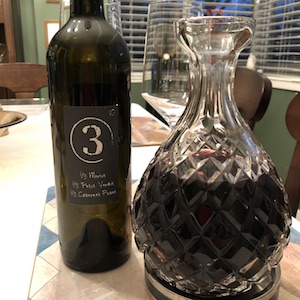 Time flies when you are having a blast with your best friend who also happens to be your spouse. That is the only way that I can describe the past three years with my best friend and husband, Paul. Well, to be completely honest, it has been 13 years since we have been friends and partners; however, three years ago we decided to marry on the exact date of our first date. That occurred on February 20, 2005 when a reluctant Paul agreed to a date with me to view art exhibits at the National Gallery of Art. Later that evening, we had charcuterie and cheeses with a bottle of red wine—-a Merlot from Gray Ghost Vineyards to be exact. This year is our third wedding anniversary and we thought it appropriate to celebrate with a Virginia red wine aptly named 3.
Time flies when you are having a blast with your best friend who also happens to be your spouse. That is the only way that I can describe the past three years with my best friend and husband, Paul. Well, to be completely honest, it has been 13 years since we have been friends and partners; however, three years ago we decided to marry on the exact date of our first date. That occurred on February 20, 2005 when a reluctant Paul agreed to a date with me to view art exhibits at the National Gallery of Art. Later that evening, we had charcuterie and cheeses with a bottle of red wine—-a Merlot from Gray Ghost Vineyards to be exact. This year is our third wedding anniversary and we thought it appropriate to celebrate with a Virginia red wine aptly named 3.
3 was a joint venture of three highly regarded Virginia wineries that included King Family Vineyards, Veritas Vineyards, and Grace Estate. The 2010 vintage was our last bottle of this joint effort. Virginia wine aficionados may remember that the 2010 growing season resembled Napa more so than Virginia. The summer was hot and dry, and drought was the word being bandied about by weathermen at the time. Virginia red wines from this vintage tend to be fuller bodied but higher in alcohol; in fact, we have opened very few Virginia red wines from the 2010 vintage. However, 3 struck us as appropriate for the occasion, and we were not disappointed with our decision to open it. I plopped an aerating device atop the bottle and then poured it into the decanter about an hour before dinner; we gave 3 a lot of time to breathe. Dinner included filet mignon served beside potatoes au gratin and roasted asparagus.
So what were our impressions? We poured 3 from the decanter into Bordeaux glasses (ok—-we were trying to be pretentious), and I noted aromas of blackberry, menthol and cedar. Generous blackberry jam greeted the palate with a bit of blueberry noted at mid-palate. A nice, lengthy finish complemented our meal. Our only regret was that this was the last bottle of 3 in our collection. Note to readers who still have 3 on the wine rack—-this is still aging well, so hang on to it for a bit longer if you wish.
We enjoyed celebrating three years of marriage with 3. It gave us the chance to visit memory lane to recall our time together. Virginia wines have always been a special part of our lives together. We hope that readers can recall similar special moments. Visit these three excellent wineries, and mention that Virginia Wine Time sent you.
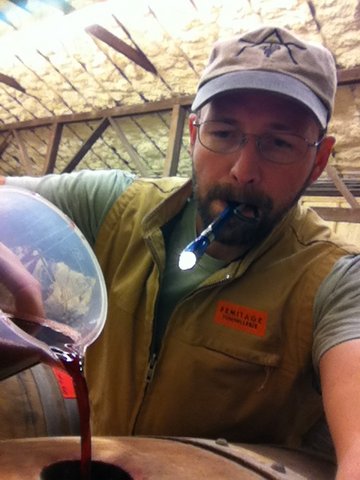 1. This has been a winter of long-lasting, record-breaking cold weather. This week’s temperatures plunged to below zero in much of Virginia. Are you concerned about stress to the vines? Have you changed vineyard management (i.e. pruning) as a result?
1. This has been a winter of long-lasting, record-breaking cold weather. This week’s temperatures plunged to below zero in much of Virginia. Are you concerned about stress to the vines? Have you changed vineyard management (i.e. pruning) as a result?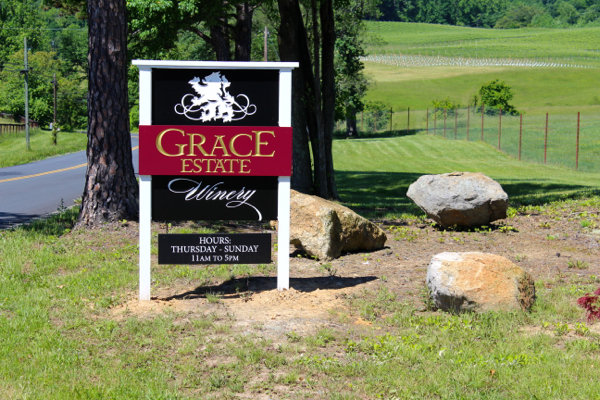
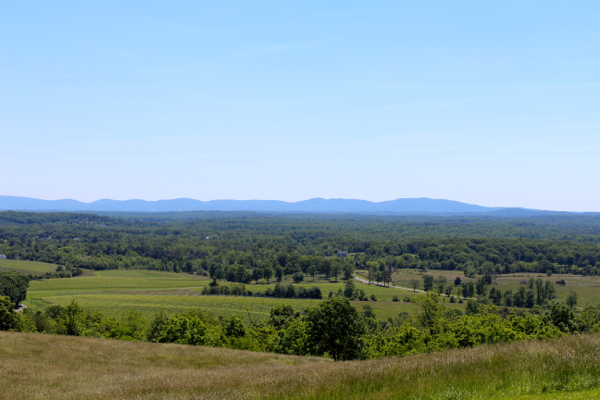
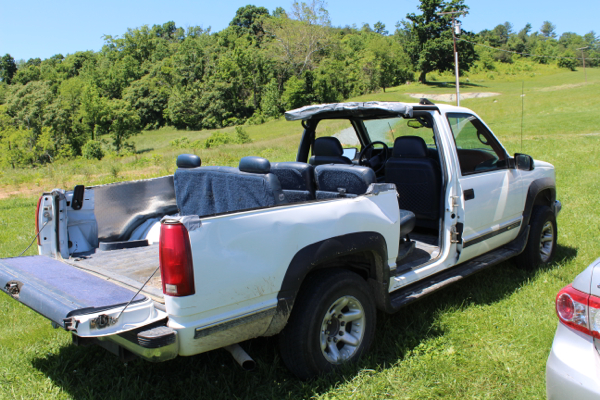
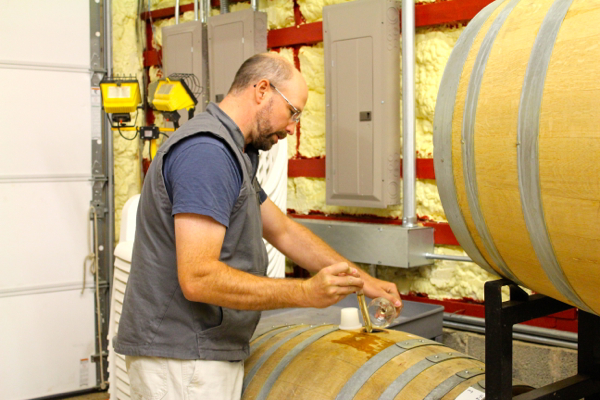
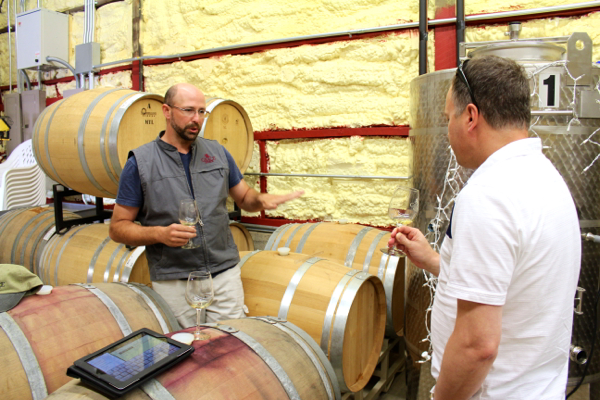
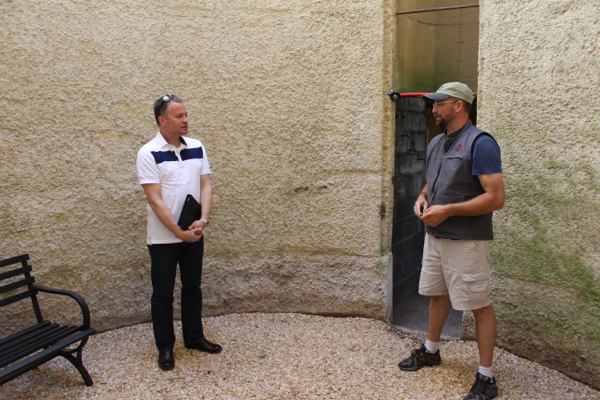
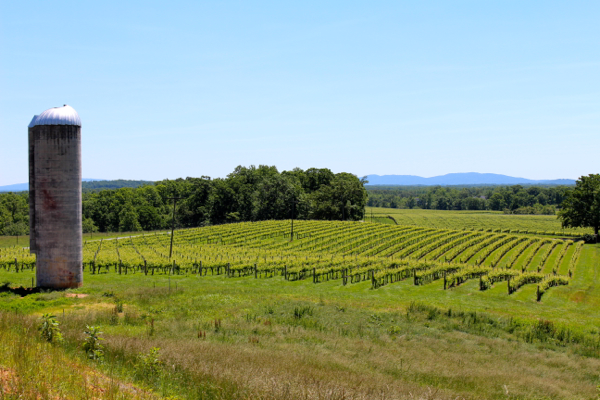
 Jake Busching earned a reputation as an excellent winemaker while at the helm of Pollak Vineyards. He is now the winemaker at a new venture called Grace Estate Winery that will open in April of this year.
Jake Busching earned a reputation as an excellent winemaker while at the helm of Pollak Vineyards. He is now the winemaker at a new venture called Grace Estate Winery that will open in April of this year.